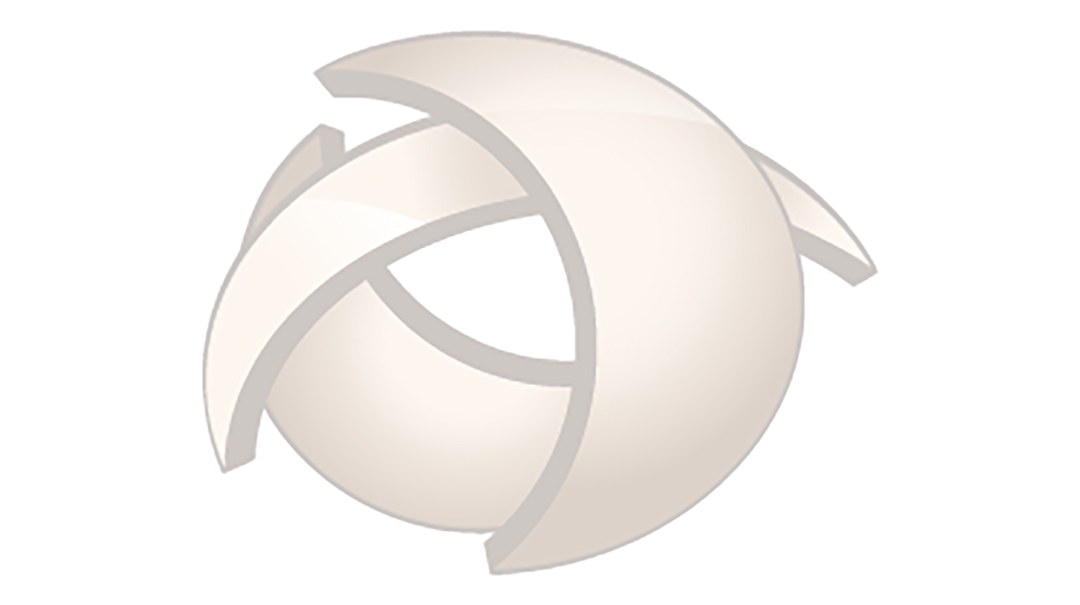Kneecap Pain

Do you or someone you know experience kneecap pain with the following activities?
- Squatting (with or without weight).
- Climbing or going down the stairs.
- Sitting for a long time.
- Running, especially downhill.
- Jumping.
About 25% of Americans will feel this type of kneecap pain, known as patellofemoral pain. More women than men will have it, and it affects people of all ages, heights, and weights.
Kneecap pain can be hard to prevent and is a result of one or more of the following:
- Increasing the load and/or frequency of knee loading faster than your knee can adapt.
- Lack of strength in the muscles on the front of your thigh.
- Specializing in a single sport.
- Certain hip and knee movement patterns.
There are no quick fixes for kneecap pain, but there is hope. Exercise, along with other treatments by a physical therapist when appropriate, has been proven to reduce or eliminate kneecap pain.
Our physical therapists will perform an initial exam and develop a treatment plan specific to your body and its needs. This treatment plan will use exercises that target the hip and knee muscles to help you recover from kneecap pain. Most importantly, our physical therapists want to get you back out doing what you love, pain-free.
Here are five tips to help prevent or reduce kneecap pain.
1. Address Hip Strength.
Do hip strengthening exercises, such as squats, lunges, leg presses, and step-ups, slowly adding the amount of weight support and knee motion during the exercises over time. If this causes pain, call a health care professional.
2. Strengthen Quads.
Include non-weight-bearing knee extension exercises to strengthen the muscles on the front of your thigh, along with hip exercises, to boost strength in the muscles that support your knee.
3. Use arch Supports.
Try low-cost shoe inserts for arch support combined with exercise, but only for the first few weeks (up to six) until your muscles are stronger. Shoe inserts are available from pharmacies or athletic shoe stores. Custom-made shoe inserts are no more effective than shoe inserts available over the counter.
4. Add Variety to Your Activities.
Vary the types of activities you do (walk, swim, bike, run) so that you don’t overuse certain muscle groups. Young athletes who specialize in a single sport have a higher risk of kneecap pain.
5. Avoid Braces and Knee Straps.
Although they may temporarily reduce your pain, over-the-counter knee braces, sleeves, or straps do not address the causes of kneecap pain. A physical therapist can work with you to address any muscle imbalances or movement problems that may contribute to your knee pain.
Getting help early is key. If you still feel pain after a couple of weeks then call a physical therapist or doctor for help. Physical therapists are movement experts. They improve quality of life through hands-on care, patient education, and prescribed movement. Give us a call at Meadowland Therapy (208) 233-4800 in Pocatello for help!
https://www.choosept.com/health-tips/kneecap-pain-5-research-backed-tips-get-better



